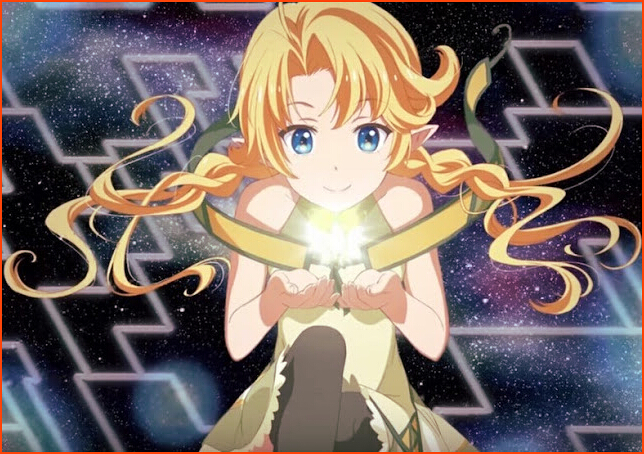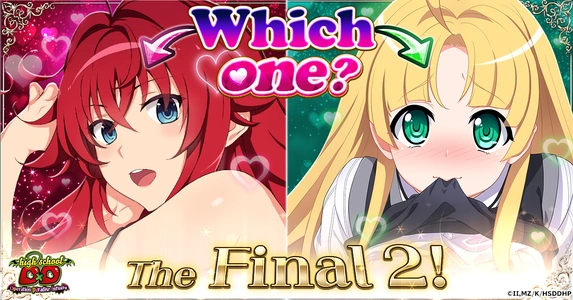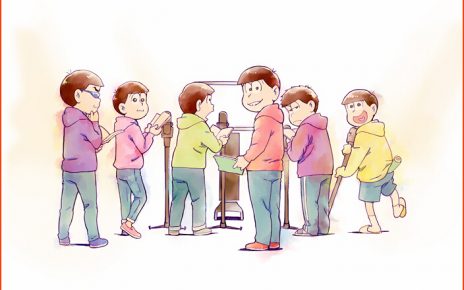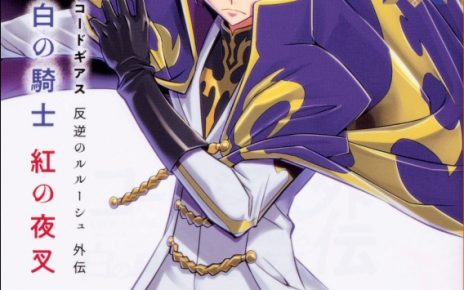
Yu-No: A Girl With A Very Long And Silly Subtitle is greatly improved insight than its rubbish name. This is original visual novel that went far to build up the class as far as we might be concerned today, and move so many of the other enormous names in the space. In that setting it’s alarming to imagine that it’s never had a proper localization into English before this point. We have it now, however, and keeping in mind that it an extensive trudge now and again, it stays a massively amazing illustration of the class.
It’s imperative to note from the start that Yu-No goes hefty on the fan administration. Like so numerous other now-exemplary visual books, the game’s foundations are in grown-ups just eroge, and keeping in mind that the intimate moments were taken out from the support transformation and, presently, redo, the explicitly charged tone stays present all through. The hero can’t get enough of gazing at bosoms and undies, which are portrayed (and attracted) in offensive detail. What many will ignore is that generally this substance seems to be proper characterisation for developing the hero as something of a blend of teen chemicals and wrongdoing in coming from a messed up home. All things considered, thare are additionally a lot of episodes in which that equivalent fan administration is plainly only there for modest chuckles or stimulation. As consistently with fan administration I inquire as to whether it adds something to the involvement with concluding whether it’s useful for the game, and on account of Yu-No, the appropriate response is both yes and no.
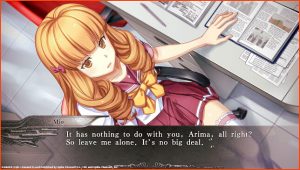
It’s reliably lovely; however, so all things considered it’s not by and large unsavory in any event, when it’s not making a difference. Yu-No was notable for being an uncommon illustration of a visual novel where the engineers were able to toss huge cash at it, and however this change has had another craftsman re-draw it, the central plan components proceed to truly radiate through as something of a certified quality and authority. Characters are unmistakable and nitty gritty. Past individuals, the specialists are additionally mindful so as to fill each casing of each screen with intriguing things to take a gander at. Less expensive visual books unavoidably have “no man’s lands” on the screen where there’s not a lot important to take a gander at, yet with Yu-No every scene, character, and climate trickles with deliberately built air. That Yu-No never drops from its cosmically exclusive expectation is extraordinarily noteworthy given that, at exactly 30 hours of length, that is a great deal of workmanship and plan that the group expected to hold consistency over.
All things considered, it is a pity that the engineer couldn’t work out whatever authorizing issues it expected to explore over to make that unique workmanship accessible as an alternative. I comprehend the imaginative contention to modernize Yu-No. Like other exemplary visual books like Fate/Stay Night or even Saya no Uta, in the event that you take a gander at Yu-No’s unique craftsmanship, it will currently look in the vicinity “odd” and “archaic” to somebody who came to anime all the more as of late. Given the aim of the workmanship was “perfect”, the designer expected to plan something for reevaluate what players find in their eyes. All things considered, this story was composed for that unique craftsmanship style, and hence any progressions should at last lose some surface. It is highly unlikely around that, and that is the situation here as well. Fortunately, dissimilar to with those woeful changes of Dragon Quest that arrived on the Switch as of late, the “substitution” craftsmanship is flawless, as I portrayed previously. Like with Link’s Awakening, in any case, as somebody mature enough to respect the first craftsmanship as being “perfect”, it’s expressly disillusioning that the designers wanted to supplant the workmanship by any means. With the entirety of that said, nonetheless, it’s a disputable conversation as it’s difficult to shake the inclination that permitting issues were most likely the basic issue here.
Further intensifying how noteworthy Yu-No is, is simply the degree is the account. You wouldn’t know from the presentation,. Inside the initial five minutes you’ll be blessed to receive a scene in which the hero is woken from a snooze by an educator, and she’s wearing a perilously short skirt, giving the person a full and unfiltered view at her clothing as she remains over him. In view of this, the game’s resulting sharp deviation to world-hopping sci-fi and conversations on everything from reasoning and morals through to history is both amazing and awesome. Yu-No is brilliant, you come to rapidly acknowledge, and afterward you’ll begin giving exceptionally close consideration to each line of discourse. It’s a sluggish starter, and I uninhibitedly concede that for the primary hour or so I was just nonchalantly perusing the exchange (the person was investing a ton of his energy contemplating how hot his progression mother was in her nightwear, in any case). It crawled up on me, however, and a couple of hours after the fact Yu-No got holding to the point that I thought that it was more diligently to put down than practically some other VN I’ve at any point played.
Yu-No’s different winding account strings do turn out to be very unpredictable and clumsy to unload, yet the game has an accommodating repairman – named A.D.M.S. – which urges you to move back and forward through the different snapshots of timetable difference, to permit you to flawlessly encounter the various ways through the story. This framework in itself was considered somewhat powerful, as it opened the entryway for visual books to turn out to be more intricate and have a more noteworthy scope of story arcs, without requiring the player to replay the game again and again. It implies that Yu-No doesn’t offer a straight narrating experience, and is somewhat disconnected on occasion accordingly, yet on account of the consistency across the remainder of the visual and composing components, it’s rarely shaking.
One thing I didn’t appreciate is the manner in which the game did investigation. In many scenes you’ll be given a room brimming with symbols, addressing individuals or items that you can notice or collaborate with. It resembles a worked on point-and-snap experience, all in all, and that in itself is fine. Where it becomes bothering is that you’ll have to interface with each symbol about multiple times. Say that I’m given the alternative of playing with a young lady’s skirt if there’s a young lady on the scene you’re constantly given the choice of taking a gander at as well as playing with her skirt or potentially bosoms. I select that choice and it triggers a short exchange between the hero and the young lady. However, at that point I need to choose the choice again to trigger another short exchange, and keep on working out the scene. At that point I need to do it a third, fourth, and maybe even fifth time.
This framework is busywork for definitely no reason. Those exchange groupings might have been folded into one longer one and saved my OCD propensities from going into overdrive in seeing symbols appearing on screen that I need to tap on again and again to “clear.” I know designers of VNs feel a pressure to cause their work to feel “intuitive” enough for the downers to quiet down about whether it’s a game or not, yet this isn’t the best approach to do that.
Yu-No’s most concerning issue is that it’s a game that merits a ton of regard for its unpredictable, shrewd narrating and nuanced take a gander at more profound topics, yet dissimilar to the incredible visual books that individuals do will in general view appropriately Steins; Gate or Danganronpa, for instance, Yu-No’s fan servicey components are on the adolescent side of things just regularly enough that specific components of the local area will excuse the game on that premise. It merits better compared to that, in light of the fact that Yu-No is a splendidly composed, fundamental visual novel, and surprisingly in the fan administration it gets things directly far, undeniably more frequently than it fizzles.
